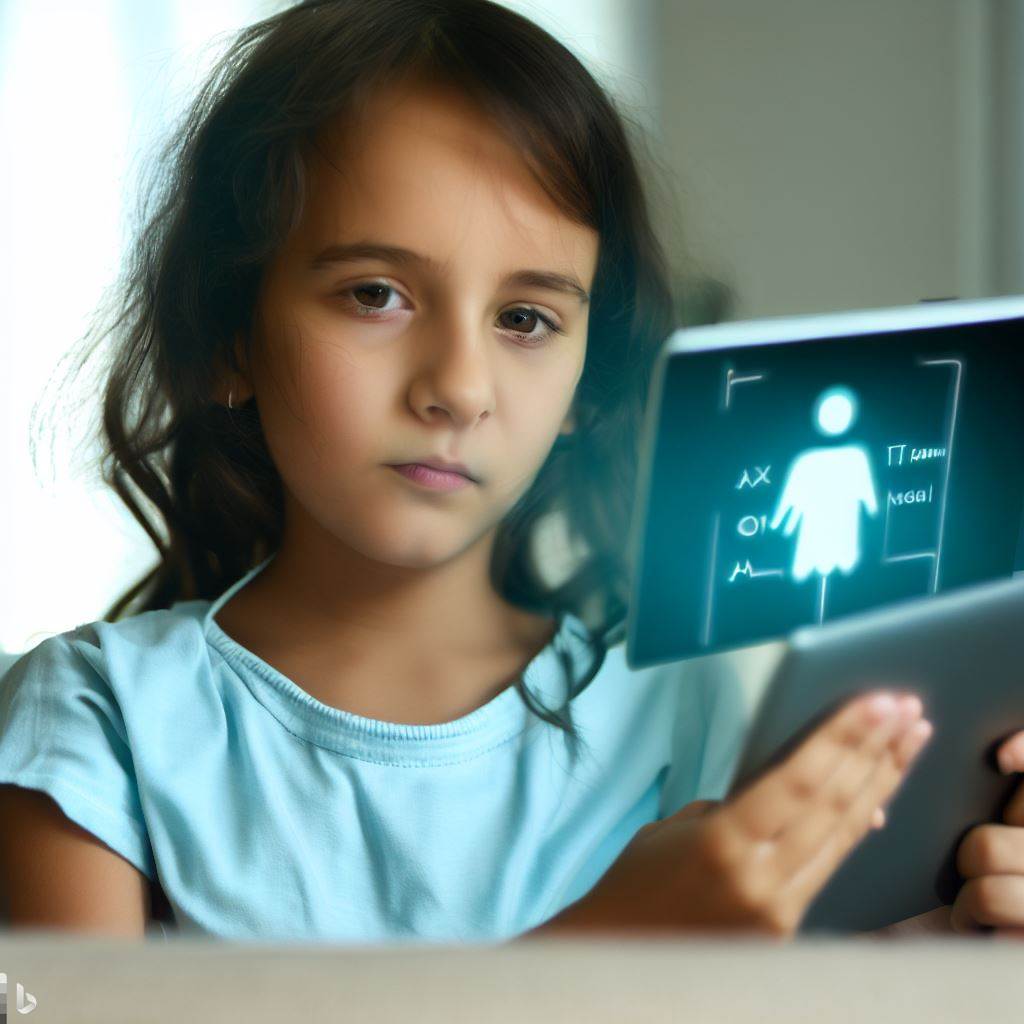

Artificial intelligence (AI) is transforming every aspect of our lives, from health to entertainment, from work to leisure. As AI becomes more ubiquitous and powerful, it also poses new challenges and opportunities for education. How can we prepare our children for a future where they will interact with intelligent machines, learn from online platforms, and develop skills that are relevant and adaptable? In this article, we will explore some of the key issues and recommendations for educating children in the AI era.
Creativity is at the center of progress
The catch 22 in our current education system is the question of creativity. On one hand, we want our children to be creative and innovative, to solve problems and generate new ideas. On the other hand, we often measure their learning outcomes by standardized tests and grades, which may stifle their curiosity and originality.
In the age of AI, creativity becomes even more important, as it is one of the human qualities that machines cannot easily replicate or surpass. Creativity is not only about artistic expression, but also about finding novel solutions to complex and uncertain situations, collaborating with diverse teams, and adapting to changing environments.
To foster creativity in our children, we need to rethink our pedagogical approaches and curricula. We need to provide them with more opportunities to explore their interests, passions, and talents, to engage in project-based and experiential learning, and to receive constructive feedback and guidance. We also need to expose them to diverse sources of inspiration and knowledge, such as arts, culture, science, and technology.
More technology is not the whole solution, the whole solution is a mindset change
What does it mean to educate a creative child? It does not mean simply giving them more access to technology or digital tools. While technology can enhance learning and teaching in many ways, it can also have negative effects on children’s attention span, social skills, emotional wellbeing, and privacy. Technology is not a panacea, but a means to an end.
The end goal of education is not to produce more consumers or users of technology, but to empower our children to become responsible and ethical creators and innovators of technology. To achieve this goal, we need to change our mindset as educators and parents. We need to embrace a learner-centered approach that values each child’s individuality, potential, and agency. We need to cultivate a culture of lifelong learning that encourages curiosity, experimentation, and reflection. We need to foster a sense of purpose and meaning that motivates our children to use their skills and knowledge for social good.
Replace the complacency with action
Changing our mindset is not enough. We also need to take action to transform our education systems and policies. We need to invest more resources and support for teachers’ professional development and wellbeing. We need to revise our assessment methods and standards to align with the competencies and values we want our children to develop. We need to ensure that all children have equitable access to quality education that meets their diverse needs and aspirations.
We also need to engage in dialogue and collaboration with various stakeholders, such as policymakers, researchers, industry leaders, civil society organizations, and most importantly, children themselves. We need to listen to their voices and perspectives, and involve them in the design and implementation of educational solutions. We need to leverage the potential of AI technologies for achieving the Sustainable Development Goal 4: Quality Education for All.
Integrate your learning with your child’s
One of the best ways to support our children’s learning is to model it ourselves. As parents, we have a crucial role in shaping our children’s attitudes and behaviors towards learning and technology. We can do this by showing interest in their activities and projects, by asking questions and providing feedback, by sharing our own experiences and challenges, by learning new things together with them.
By integrating our learning with our child’s learning, we can create a positive and supportive environment that fosters mutual trust, respect, and growth. We can also bridge the generational gap that may exist between us and our children regarding technology use and understanding. We can help them navigate the opportunities and risks of AI technologies in a responsible and informed way.
The path of learning is failing over and over again
Learning is not a linear or smooth process. It involves trial and error, uncertainty and ambiguity, frustration and failure. These are inevitable aspects of learning that we should not shy away from or avoid. Instead, we should embrace them as opportunities for improvement and discovery.
In the age of AI, failure becomes even more inevitable but also more valuable. As AI systems become more complex and autonomous, they may produce unexpected or undesired outcomes that require human intervention or correction. As AI systems learn from data that may be biased or incomplete, they may generate results that are inaccurate or unfair that require human scrutiny or challenge.
To cope with these challenges, we need to develop a growth mindset that views failure as feedback, not as a final verdict. We need to cultivate a resilience that allows us to overcome difficulties and setbacks, and to learn from our mistakes. We need to encourage a risk-taking attitude that enables us to try new things and experiment with different solutions.
Education for children in the AI era is not only about preparing them for the future, but also about empowering them to shape the future. It is not only about teaching them skills and knowledge, but also about inspiring them to use their creativity and imagination. It is not only about providing them with technology, but also about nurturing their humanity and values.
As educators and parents, we have a responsibility and an opportunity to make this happen. We can start by changing our mindset, taking action, integrating our learning, and embracing failure. We can also join the global community of learners and innovators who are working together to harness the potential of AI for education and social good.




















